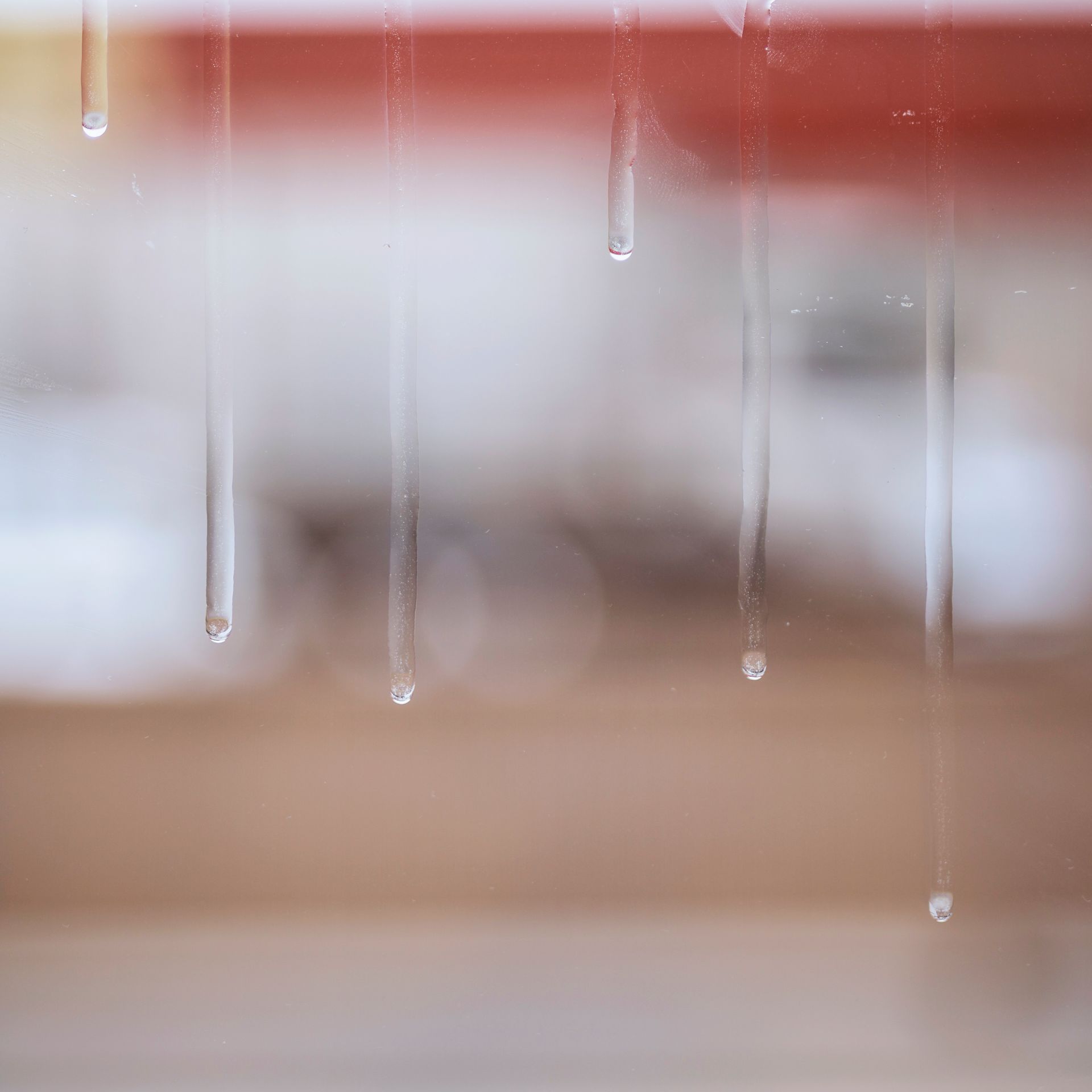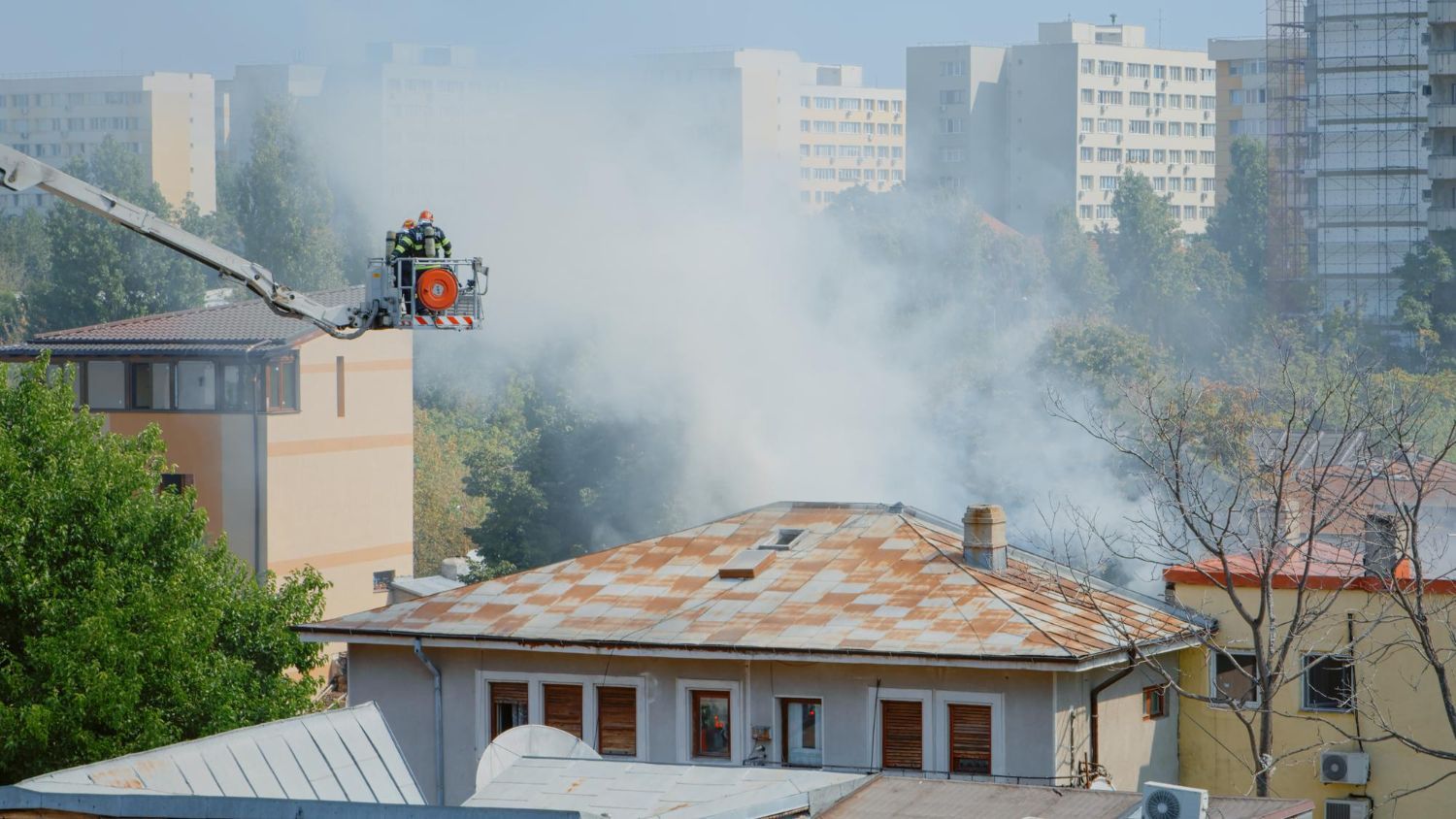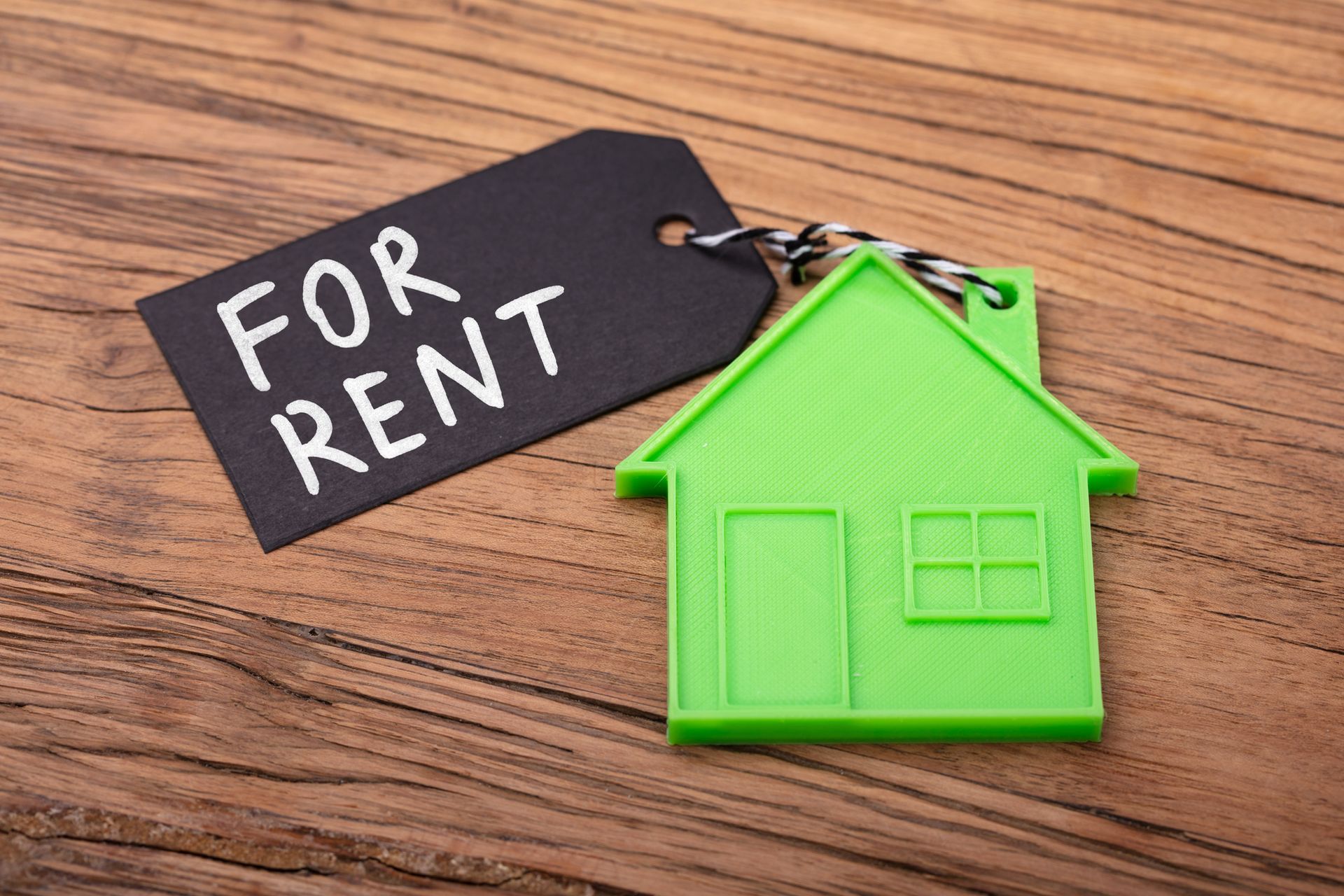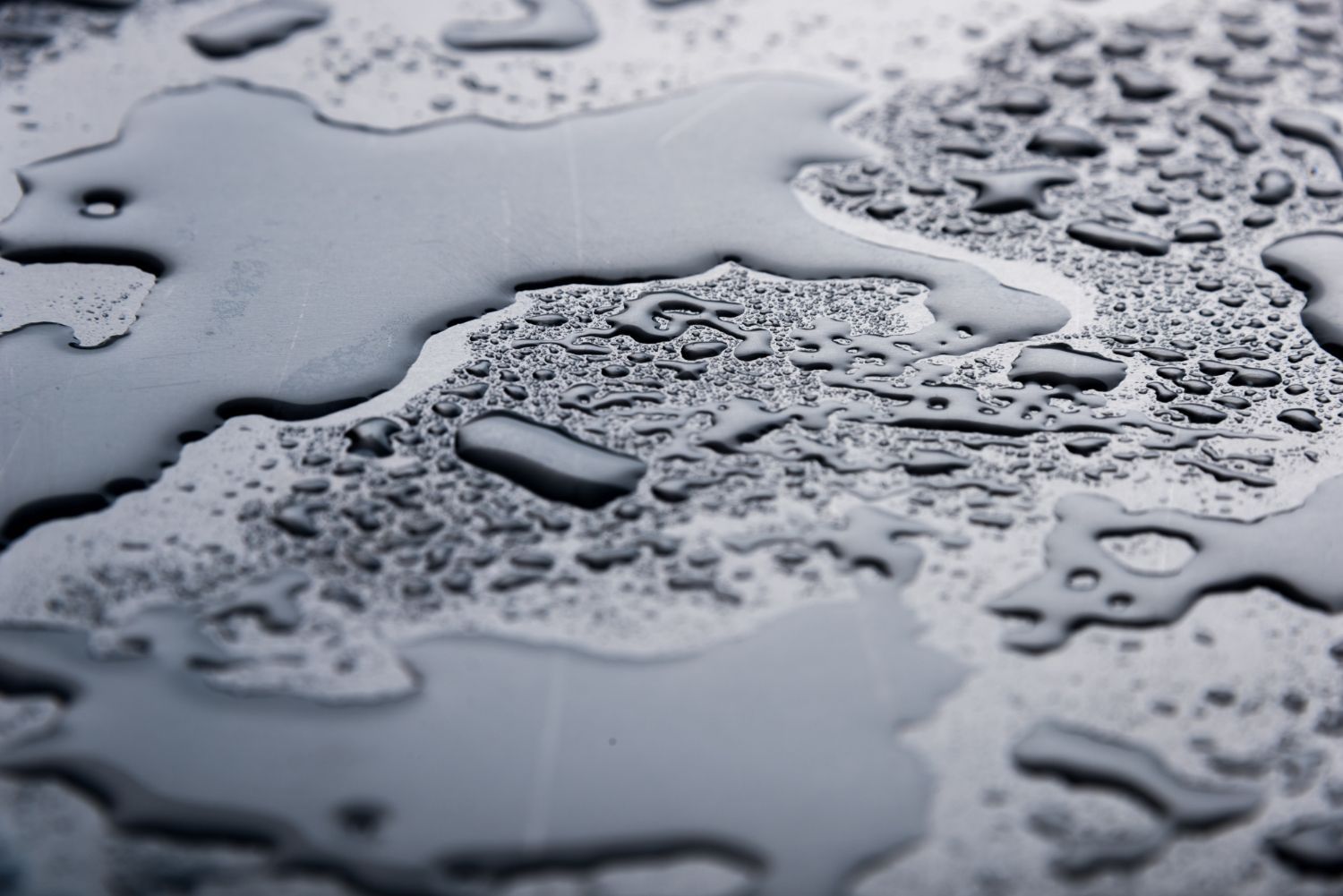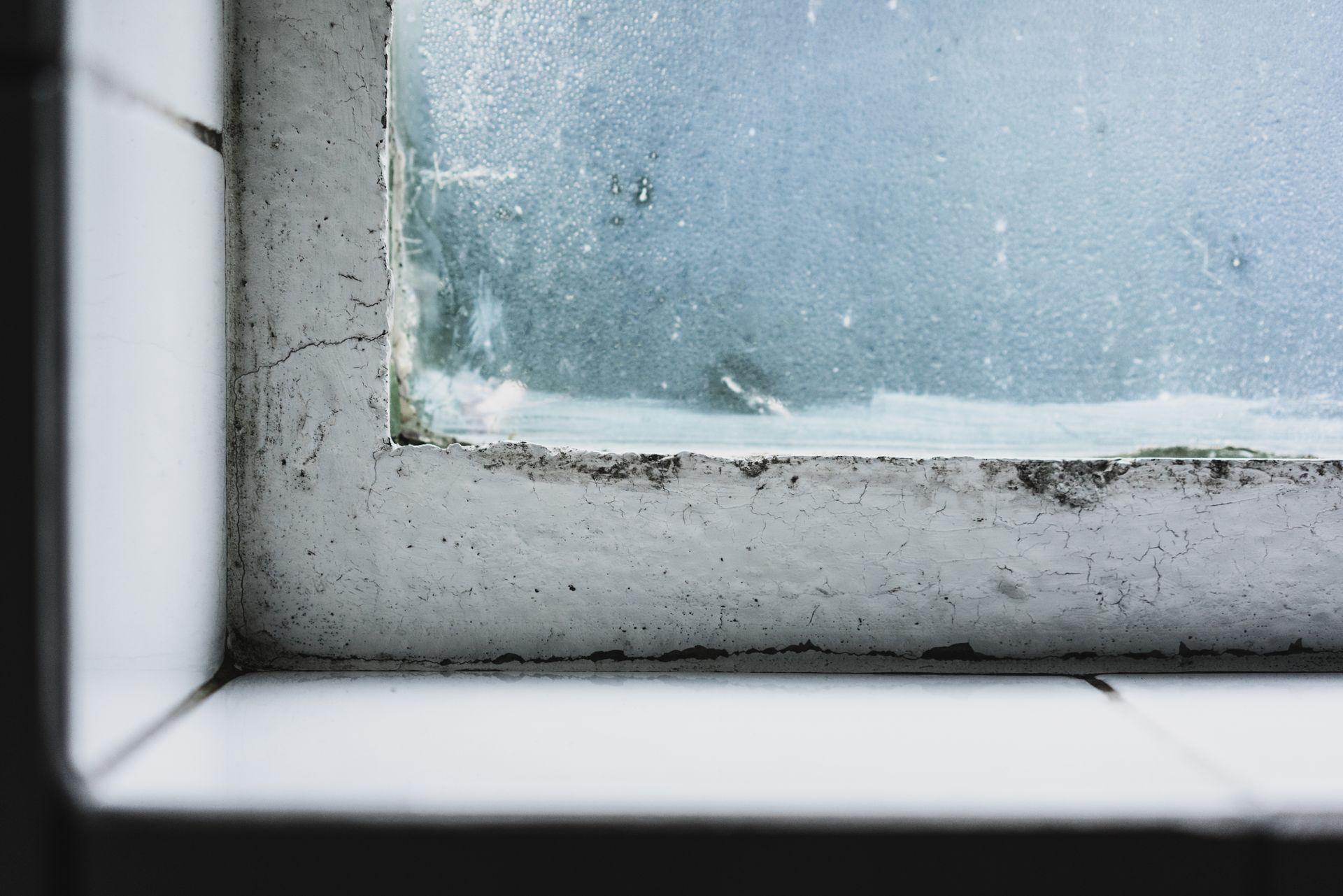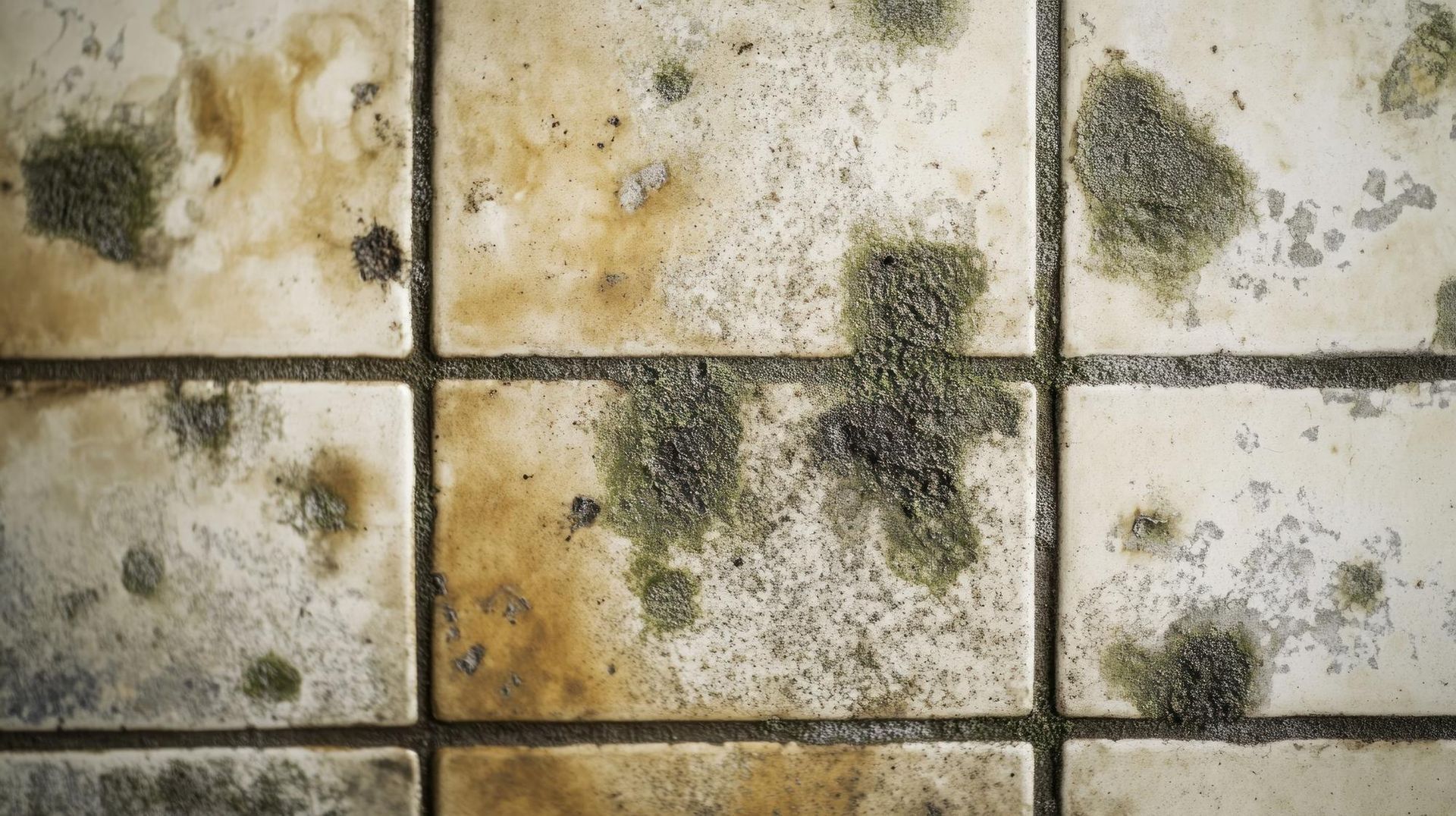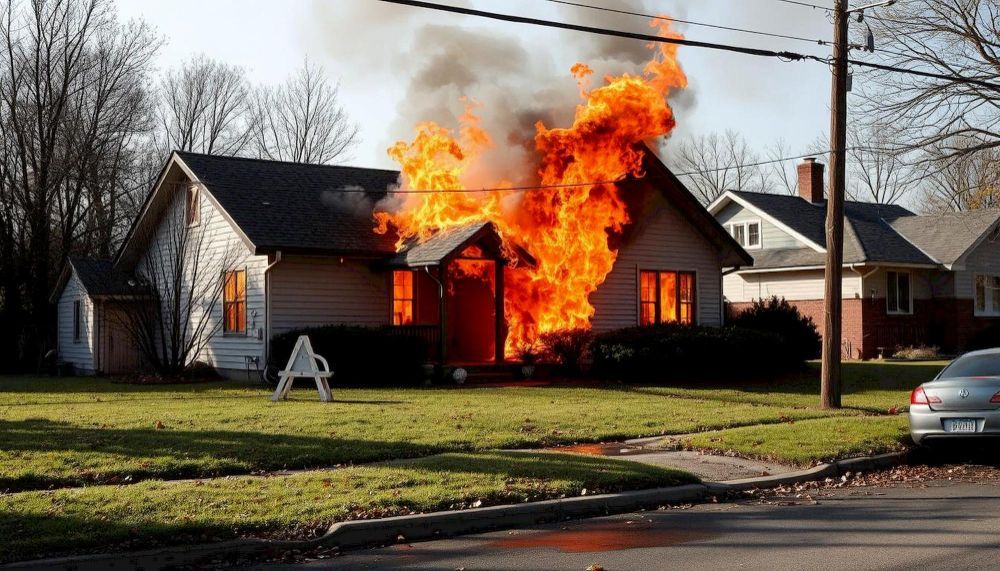Inside the Tools of Flood Remediation: Equipment and Techniques
Inside the Tools of Flood Remediation: A Look at Modern Equipment and Techniques
-Colorado Springs, CO
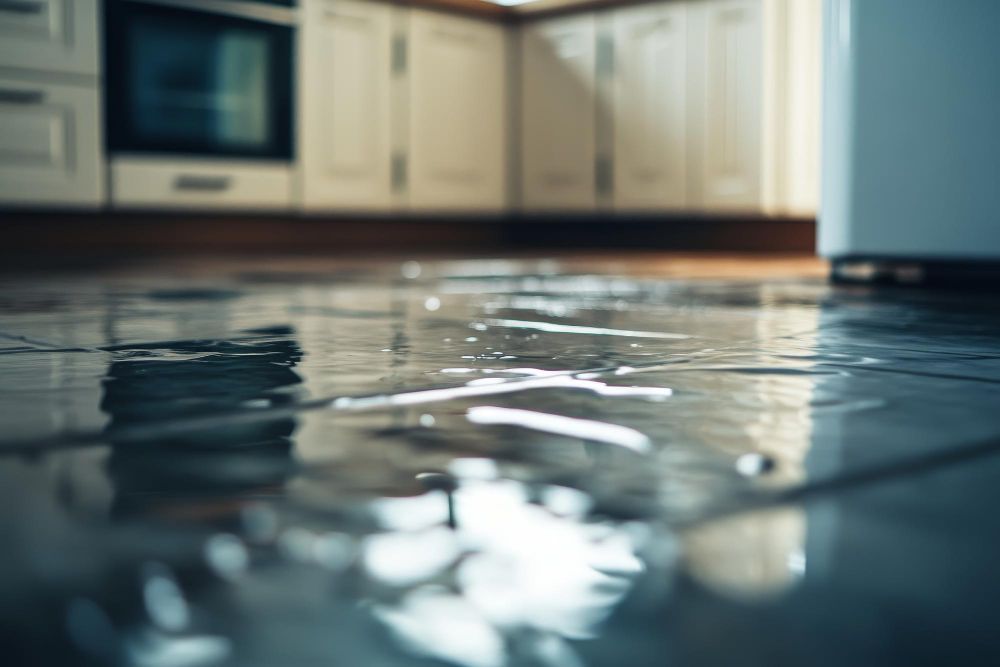
Flooding can wreak havoc on homes, businesses, and communities, leaving behind damage that requires swift and effective action. Behind every successful flood remediation project lies a combination of expertise and specialized tools that work together to restore properties to their pre-flood state. Let’s explore the essential tools and techniques that make flood remediation possible.
1. Water Extraction Equipment
Removing standing water quickly is the first and most crucial step in flood remediation. Without immediate extraction, water can seep deeper into structures, causing additional damage.
- Submersible Pumps: These pumps are used to remove large volumes of water, especially from basements or submerged areas.
- Wet/Dry Vacuums: Ideal for smaller-scale water removal, these versatile machines handle water on hard floors or carpets.
2. Air Movers and Dehumidifiers
After water extraction, the drying process begins. Moisture left behind can lead to mold growth and structural instability.
- High-Velocity Air Movers: These devices increase air circulation, helping to evaporate moisture from floors, walls, and furniture.
- Dehumidifiers: These machines extract moisture from the air to speed up drying and maintain humidity at safe levels.
3. Moisture Detection Tools
Knowing where hidden moisture lurks is vital for preventing further damage. Advanced detection tools help professionals identify problem areas.
- Thermal Imaging Cameras: These cameras detect temperature differences, revealing moisture behind walls or under flooring.
- Moisture Meters: Available in pin and pinless models, these devices measure the moisture content in various materials.
4. Cleaning and Sanitizing Solutions
Floodwater often carries contaminants, including bacteria, viruses, and mold spores. Cleaning and sanitizing are crucial to restoring safety and cleanliness.
- Antimicrobial Cleaners: These solutions kill bacteria and prevent mold growth during and after remediation.
- HEPA Vacuums: Equipped with high-efficiency filters, these vacuums capture fine particles, including allergens and mold spores.
5. Specialized Restoration Tools
In cases of severe flooding, additional tools may be necessary to restore the property effectively.
- Flood Mats: These are placed on water-damaged floors to pull moisture out of wood or subflooring through suction.
- Injectidry Systems: These systems direct airflow into walls, ceilings, or floors to dry hard-to-reach areas.
- Carpet and Upholstery Cleaners: These machines are designed to deep-clean water-damaged textiles.
6. Protective Gear
Safety is a top priority for flood remediation professionals. The tools of the trade also include personal protective equipment (PPE).
- Respirators and Masks: Protect against harmful airborne contaminants.
- Waterproof Boots and Gloves: Provide protection from contaminated water.
- Hazmat Suits: Used in extreme cases where hazardous materials are present.
7. Technology in Flood Remediation
Modern flood remediation is increasingly technology-driven. Smart tools enhance efficiency and provide accurate results.
- Remote Monitoring Systems: These systems allow professionals to track drying progress in real-time.
- Drone Technology: Drones can inspect hard-to-reach areas, offering a bird’s-eye view of damage.
Conclusion
Flood remediation is a complex process requiring a combination of expertise, advanced tools, and strategic techniques. From water extraction and drying to sanitizing and restoring, every tool plays a crucial role in turning disaster into recovery. The next time you see a property restored to its original glory after a flood, remember the array of equipment and hard work behind the scenes.
Whether you’re a homeowner or a business owner, understanding these tools provides valuable insight into the restoration process and highlights the importance of professional flood remediation services.
